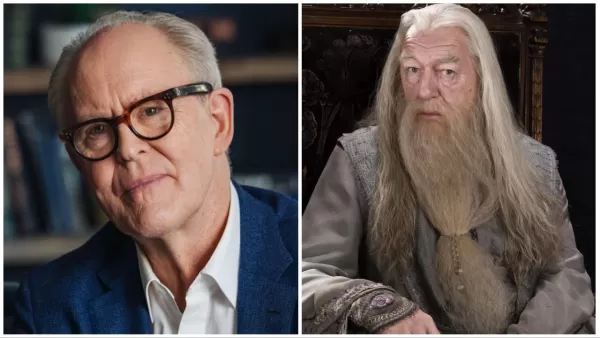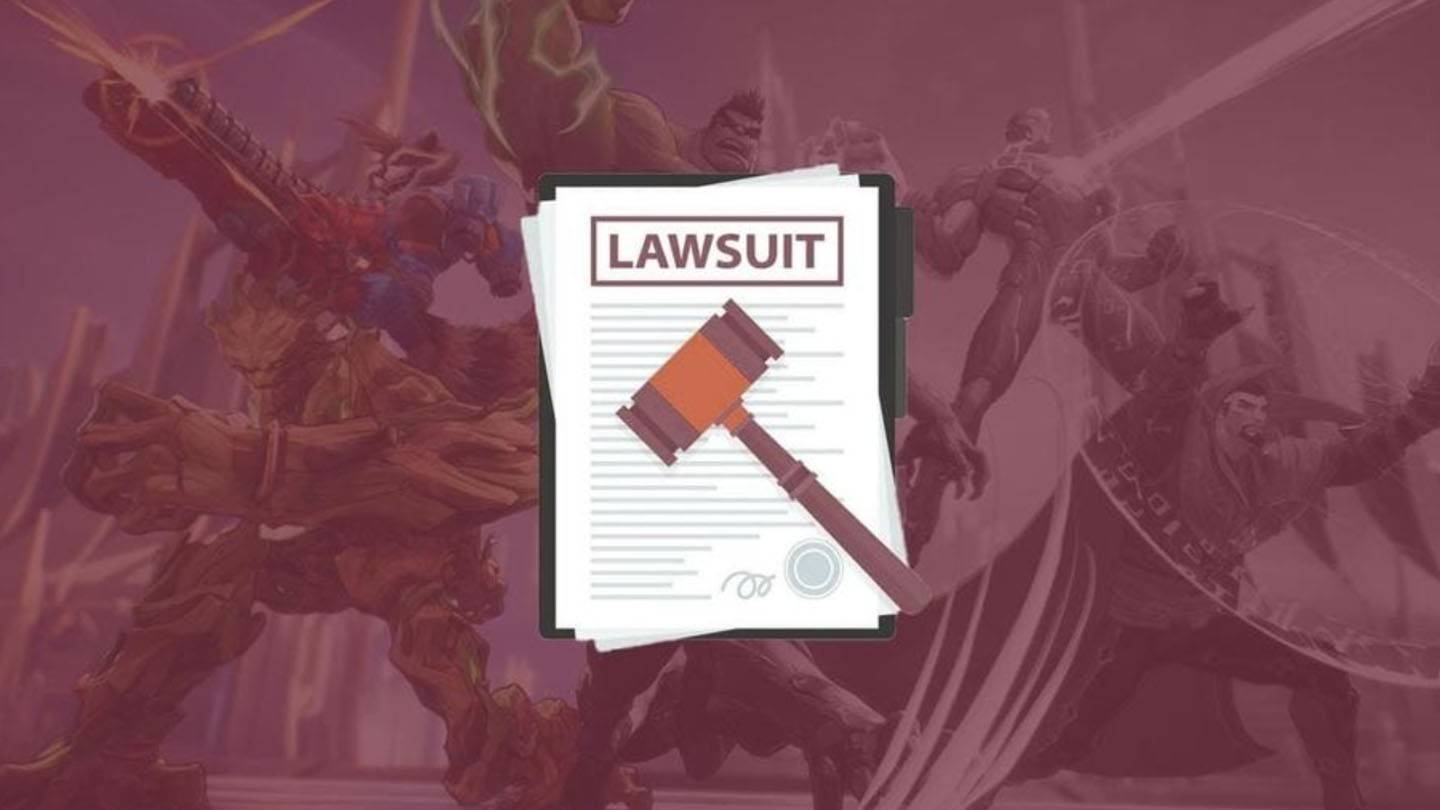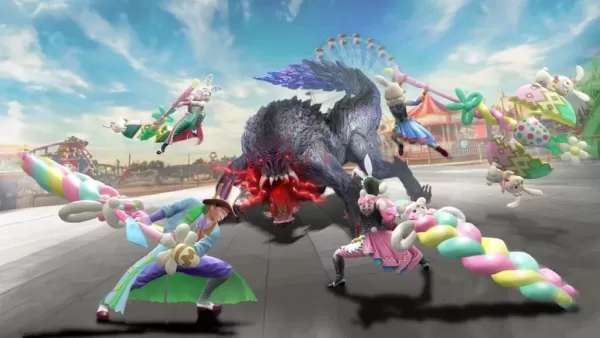Frank Miller's Return to Daredevil: Born Again
The mid-1980s marked a golden era for Marvel Comics, both creatively and commercially. Following the financial struggles of the late 1970s, which were alleviated by the success of Star Wars, Marvel was poised to revolutionize the comic book industry with the launch of Secret Wars in 1984. This event not only transformed the Marvel Universe but also set new standards for the industry, steering Marvel's heroes and villains into uncharted territories for years to come.
This period also birthed other legendary stories such as Frank Miller's Born Again arc in Daredevil, the resurrection of Jean Grey in X-Factor, and Walt Simonson's epic Surtur Saga in Thor. In this installment, Part 8 of our series, we delve into these pivotal narratives and other significant stories from the same timeframe, exploring how they shaped the future of Marvel.
More Essential Marvel
- 1961-1963 - The Birth of a Universe
- 1964-1965 - The Sentinels Are Born and Cap Dethaws
- 1966-1969 - How Galactus Changed Marvel Forever
- 1970-1973 - The Night Gwen Stacy Died
- 1974-1976 - The Punisher Begins His War on Crime
- 1977-1979 - Star Wars Saves Marvel From Bankruptcy
- 1980-1982 - Did the Dark Phoenix Saga Usher in the Greatest Decade for Marvel?
Frank Miller's Born Again and Walt Simonson's Surtur Saga
For fans seeking the most acclaimed stories from this era, Born Again stands out as a landmark. Frank Miller returned to writing Daredevil, with David Mazzuchelli on art duties, for this arc spanning Daredevil #227-233. It's often hailed as the definitive Daredevil story. The plot follows Karen Page, who, battling a severe heroin addiction, sells Daredevil's secret identity to the Kingpin. This information leads to Matt Murdock's life being systematically dismantled by the Kingpin, leaving Matt homeless, jobless, and friendless. His journey back to becoming Daredevil, while the Kingpin spirals into fanaticism, is a true masterpiece. This story was adapted into Season 3 of Netflix's Daredevil and inspired the upcoming Disney+ series Daredevil: Born Again.
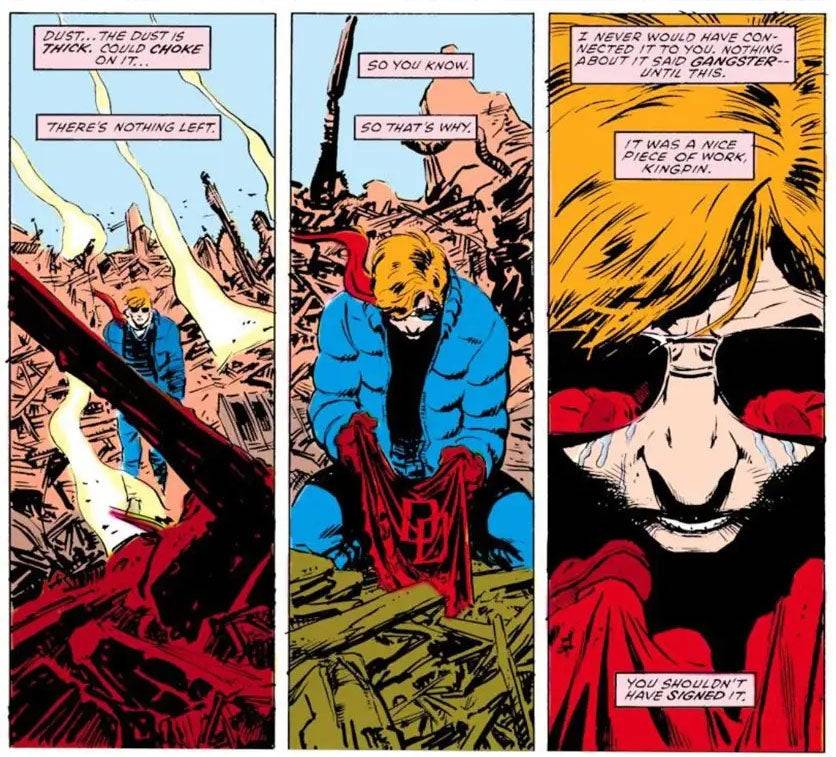 Daredevil: Born Again
Daredevil: Born Again
Walt Simonson's tenure on Thor, starting with issue #337 in 1983, introduced Beta Ray Bill, an alien worthy of Mjolnir, and revitalized the series with a mythic fantasy vibe. His most celebrated work, the Surtur Saga (Thor #340-353), features the fire demon Surtur attempting to ignite Ragnarok using the Twilight Sword. Thor battles new adversary Malekith the Accursed as part of Surtur's plan. The saga climaxes with Thor, Loki, and Odin united against Surtur. Elements of this story were later adapted into Thor: The Dark World and Thor: Ragnarok.
Secret Wars Changes Comics Forever
As we explored in Part 4 of this series, the 1973 Avengers/Defenders War foreshadowed the event crossovers that became a staple of Marvel and DC. This trend fully materialized in 1984 with Secret Wars, a 12-issue miniseries crafted by then Editor-in-Chief Jim Shooter, with Mike Zeck and Bob Layton on art. This series was part of a marketing deal with Mattel to launch a toy line. The plot involves the cosmic entity the Beyonder transporting Marvel's heroes and villains to Battleworld to battle over the supremacy of good versus evil. While the series is known for its large cast and lasting impact on the Marvel Universe, it's often criticized for its lack of depth and inconsistent character portrayals. The success of Secret Wars led to a sequel, Secret Wars II, and alongside DC's Crisis on Infinite Earths, cemented the event model in comic publishing.
 Secret Wars #1
Secret Wars #1
Spider-Man’s Symbiote Suit and Other Iconic Spidey Stories
Following the foundational runs by Stan Lee and Gerry Conway, Roger Stern brought renewed acclaim to Amazing Spider-Man starting with issue #224. His tenure saw the introduction of the Hobgoblin in #238, quickly establishing the villain as a major threat. Stern's original Hobgoblin saga was cut short when he left the book after #251 due to editorial issues, leaving the villain's identity unresolved. Stern later returned to unveil the Hobgoblin's true identity in the 1997 miniseries Spider-Man: Hobgoblin Lives.
Simultaneously, Amazing Spider-Man #252 introduced Spider-Man's black symbiote costume, which originated on Battleworld during Secret Wars. This suit became iconic, spawning a major storyline that introduced Venom. The symbiote saga has been adapted multiple times across various media, including Spider-Man 3, Spider-Man: The Animated Series, Spectacular Spider-Man, and Insomniac's Spider-Man 2. Another significant story from this period is The Death of Jean DeWolff in Spectacular Spider-Man #107-110, a darker tale featuring Spider-Man's pursuit of the Sin-Eater, who killed his ally Jean DeWolff, and his subsequent conflict with Daredevil.
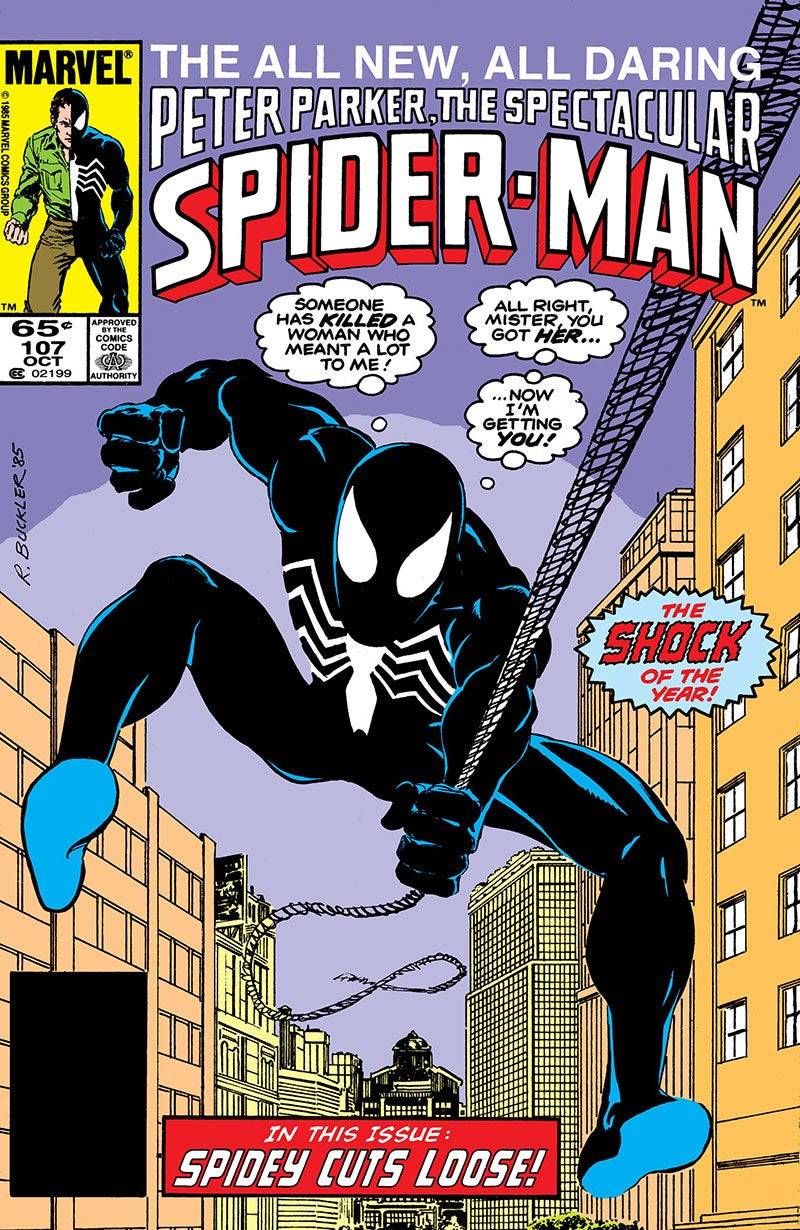 Spectacular Spider-Man #107
Spectacular Spider-Man #107
Jean Grey Returns, the Rise of Apocalypse, and Other Mutant Landmarks
The mid-1980s were also transformative for the X-Men. Vision and the Scarlet Witch #4 confirmed Magneto as the father of Quicksilver and Scarlet Witch, a revelation that remained canon until a 2015 retcon. X-Men #171 marked Rogue's transition from the Brotherhood of Evil Mutants to the X-Men, solidifying her as a beloved heroine. X-Men #200 saw Magneto's trial and subsequent role as head of Xavier's School, marking his shift to heroism. This plot was adapted in the second episode of X-Men '97.
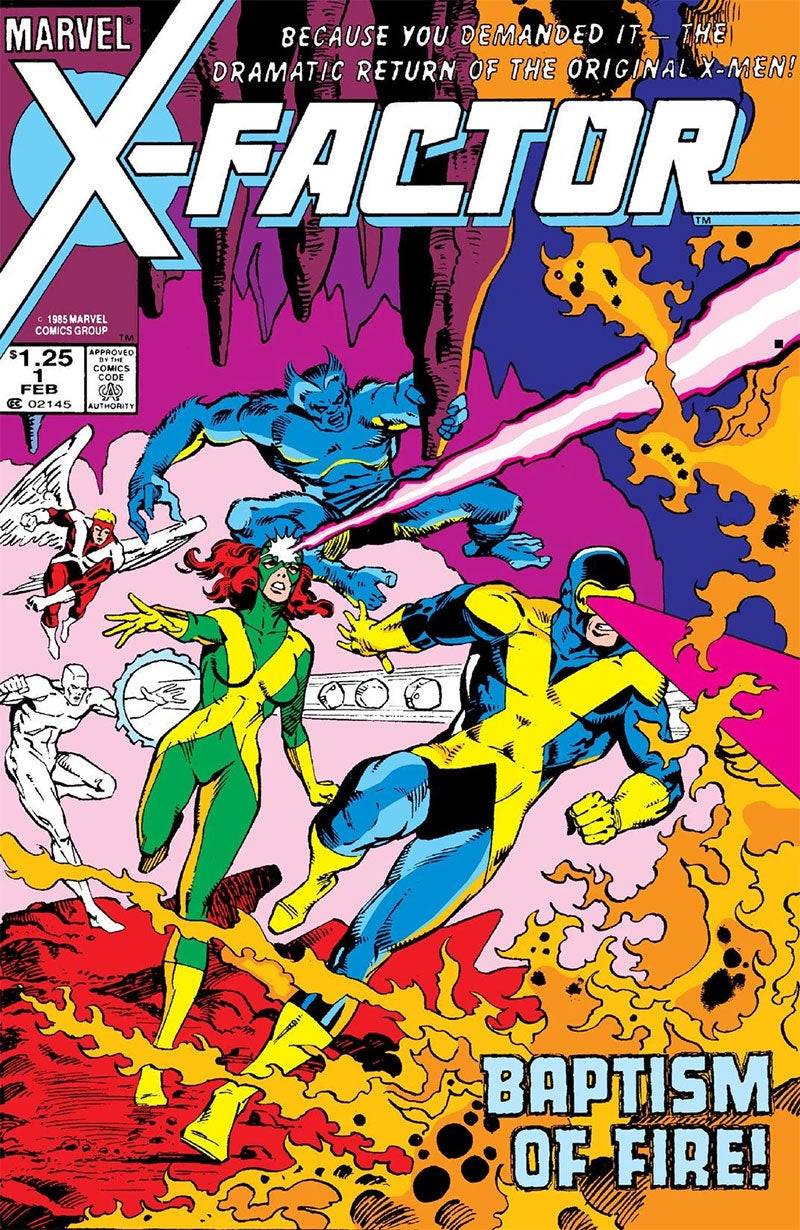 X-Factor #1
X-Factor #1
The resurrection of Jean Grey in Avengers #263 and Fantastic Four #286, followed by her joining the original X-Men to form X-Factor, was a major event. This storyline introduced Apocalypse in X-Factor #5-6, crafted by Louise Simonson and Jackson Guice. Apocalypse, an ancient mutant fused with Celestial technology, became a central antagonist for the X-Men, influencing numerous adaptations, including the 2016 film X-Men: Apocalypse.
-
HBO's Harry Potter TV series has reached a major casting milestone with the first six roles officially announced. While fans eagerly await reveals for Harry, Ron, Hermione, and Voldemort, we now know who will portray Albus Dumbledore, Minerva McGonagAuthor : Gabriel Dec 22,2025
-
The meteoric rise of Marvel Rivals, NetEase's multiplayer game, has been met with both praise and legal trouble. Although the game rapidly attracted millions of players, its success has been shadowed by serious legal issues for the developer.In JanuaAuthor : Violet Dec 22,2025
- Spring Valley Farm Game: January 2025 Redeem Codes
- WWE Superstars Join Call of Duty Warzone: Mobile Roster
- Midnight Girl is a minimalist point-and-click adventure set in Paris in the 60s, now open for pre-orders on mobile
- Mobile Legends: Bang Bang – Best Lukas Build
- "Grand Outlaws Unleashes Chaos and Crime on Android Soft Launch"
- Video Game Song Surpasses 100 Million Streams on Spotify

